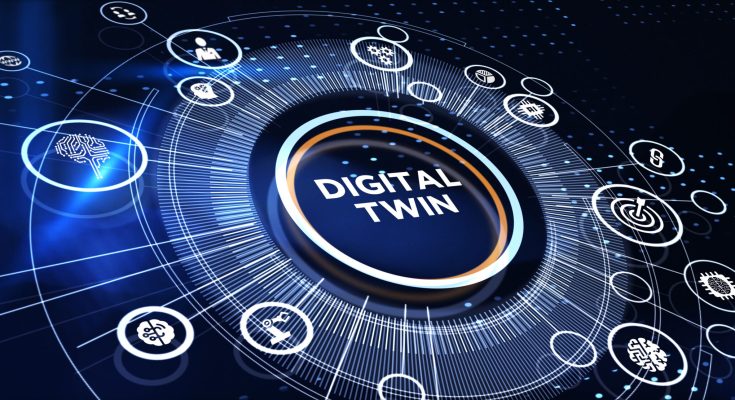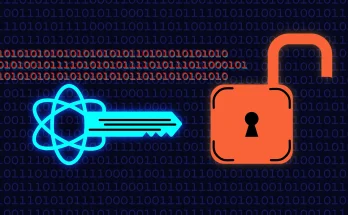JAKARTA, cssmayo.com – Ever heard buzz about Digital Twins: Virtual Replicas for Real-World Optimization? Believe me, I thought it sounded super high-tech (and maybe a little intimidating) until I actually dove into it. Turns out, it’s a total game-changer—and trust me, easier to grasp than you think.
Digital twins are dynamic, virtual representations of physical assets, processes, or systems, continuously synchronized with real-time data. By mirroring behavior, performance, and conditions in the digital realm, they enable predictive analytics, scenario testing, and optimized decision-making. In an increasingly complex world, digital twins bridge the gap between the physical and digital, unlocking unprecedented operational efficiency and innovation.
My Journey with Digital Twins
Early in my career at a manufacturing firm, we struggled with unplanned downtime on critical production lines. Inspired by Industry 4.0 principles, I led a pilot project to build a digital twin of our stamping press:
- Integrated IoT sensors for vibration, temperature, and power draw
- Ingested streaming data into a physics-based simulation engine
- Developed a dashboard to visualize performance KPIs and anomaly alerts
Within months, we achieved a 20% reduction in unplanned stops and extended mean time between failures (MTBF) by 35%. That success convinced me that digital twins aren’t just a buzzword—they’re a transformational tool for any data-driven organization.
Core Components & Architecture
- Data Acquisition
- IoT sensors, PLCs, SCADA systems, and enterprise databases
- Edge computing for pre-processing and low-latency analytics
- Data Integration & Storage
- Streaming platforms (Kafka, AWS Kinesis) and time-series databases (InfluxDB, OSIsoft PI)
- Data lakes or data warehouses for historical context
- Modeling & Simulation
- Physics-based models, machine-learning algorithms, or hybrid digital-physical approaches
- 3D CAD/CAE integration for spatial visualization and finite element analysis
- Synchronization Layer
- Bidirectional APIs and message brokers to keep virtual and physical entities in lockstep
- Digital Thread to trace data lineage and context across the lifecycle
- Visualization & Analytics
- Dashboards (Grafana, Power BI) for real-time monitoring
- Predictive maintenance, what-if scenario testing, and optimization routines
Practical Applications
- Manufacturing: Optimize production lines, plan preventive maintenance, and simulate process changes without disrupting operations.
- Smart Cities: Model traffic flows, energy consumption, and public-safety scenarios to improve urban planning.
- Healthcare: Create patient-specific digital twins for personalized treatment plans and surgical rehearsals.
- Energy & Utilities: Simulate power grids, wind farms, and pipeline networks to maximize efficiency and prevent failures.
- Aerospace & Automotive: Test new designs, run fatigue analyses, and predict component lifecycles before physical prototypes.
My Top Tips for Implementing Digital Twins
- Start Small, Scale Fast
- Pilot a single asset or process, prove ROI, then expand across the enterprise.
- Prioritize Data Quality
- Validate sensor calibrations, ensure time stamps are synchronized, and enforce data governance.
- Choose the Right Modeling Approach
- Use physics-based models for high-fidelity simulations; leverage ML when patterns are complex or unknown.
- Build Cross-Functional Teams
- Combine domain experts (engineers, operators) with data scientists and software developers.
- Embed Continuous Feedback
- Regularly refine models with new data and operator insights to maintain accuracy over time.
Common Challenges & Solutions
- Challenge: Data Silos
• Solution: Implement a unified data platform or digital-thread architecture to centralize access. - Challenge: High Computational Demand
• Solution: Leverage cloud HPC or edge-cloud hybrid setups to distribute workloads efficiently. - Challenge: Model Drift & Accuracy Loss
• Solution: Automate retraining routines and calibrate models against actual performance. - Challenge: Change Management
• Solution: Involve frontline staff early, demonstrate quick wins, and provide training on new tools.
Future Trends in Digital Twins
- Autonomous Digital Twins: Self-optimizing models powered by reinforcement learning and real-time control loops.
- Twin of Organizations (ToO): Holistic digital replicas of entire enterprises, integrating people, processes, and systems.
- Augmented Reality Integration: Overlay digital-twin insights onto physical assets via AR glasses for guided maintenance.
- Blockchain-Enabled Trust: Use distributed ledgers to secure provenance, ensure data integrity, and enable collaborative twins.
- Sustainable Optimization: Embed carbon-footprint metrics and life-cycle assessments into digital-twin simulations.
Conclusion
Digital twins represent a paradigm shift in how we understand, monitor, and optimize the physical world. By building virtual replicas that evolve in lockstep with their real-world counterparts, organizations can predict failures, test innovations safely, and drive continuous improvement. My hands-on experience has shown that with the right strategy, data, and cross-disciplinary collaboration, digital twins become a catalyst for sustainable, data-driven success.
Elevate Your Competence: Uncover Our Insights on Techno
Read Our Most Recent Article About Autonomous Vehicles: Pioneering the Future of Transportation Through Self-Driving Technology!




